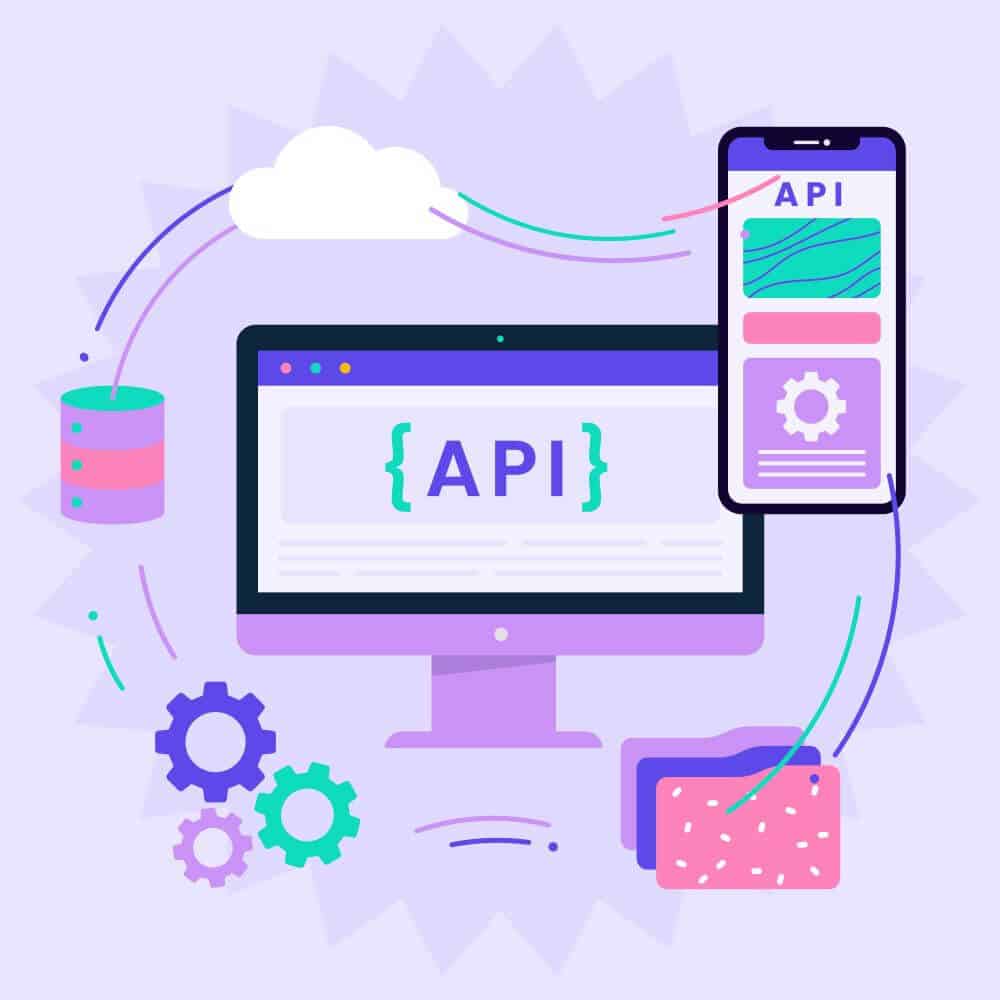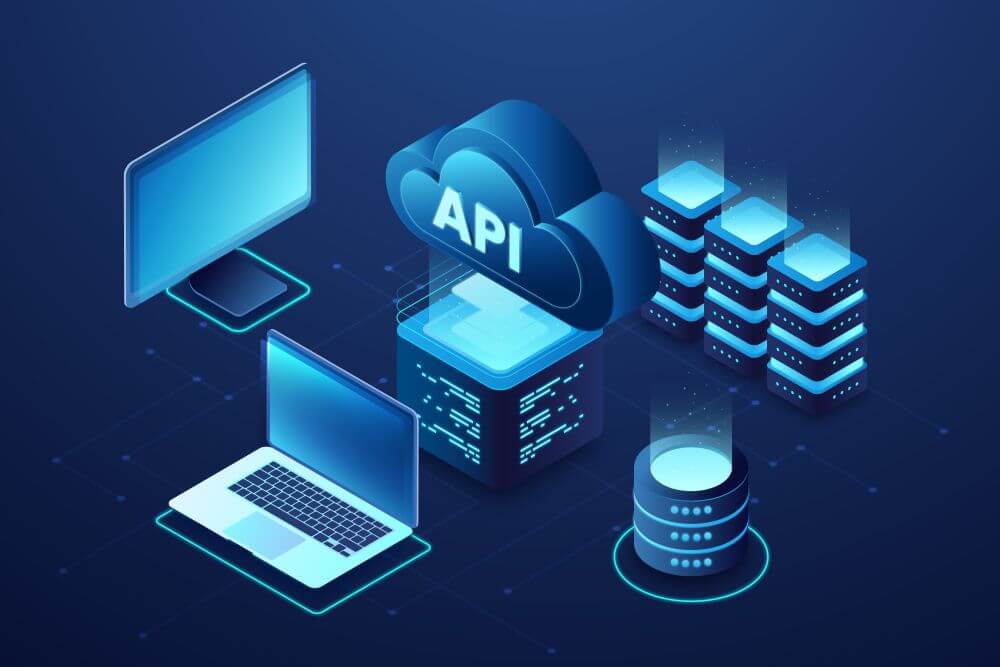In the modern software development landscape, APIs (Application Programming Interfaces) play a crucial role in enabling communication between different applications and services. Ensuring their functionality, reliability, and security through API testing is essential for delivering a seamless user experience. In this guide, we’ll explore the fundamentals of API testing, its importance, and how to conduct effective tests.

What is API Testing?
API testing is a type of software testing that focuses on verifying the functionality, performance, security, and reliability of APIs. Unlike traditional UI testing, API testing directly tests the communication between different software components, ensuring data exchange occurs as expected.
Why is API Testing Important?
1. Ensures Data Integrity
APIs handle critical data exchange between services, making accurate validation crucial.
2. Enhances Performance
Identifies bottlenecks and optimizes response times.
3. Improves Security
Detects vulnerabilities such as unauthorized access and data leaks.
4. Validates Business Logic
Ensures APIs return the correct responses under various conditions.
5. Facilitates Faster Development:
Enables early testing before UI development, reducing time to market.
Types of API Testing
1. Functional Testing
Ensures API functions as expected based on business requirements.
2. Performance Testing
Measures response times and scalability under varying loads.
3. Security Testing
Identifies vulnerabilities, unauthorized access, and data breaches.
4. Load Testing
Determines how APIs perform under high traffic.
5. Integration Testing
Verifies API interactions with other services and systems.
6. Regression Testing
Ensures new updates do not break existing functionalities.
Tools for API Testing
Several tools are available for API testing, including:
- Postman: User-friendly tool for manual and automated API testing.
- SoapUI: Ideal for SOAP and REST API testing.
- REST Assured: Java-based library for REST API automation.
- Katalon Studio: Comprehensive tool for API and web testing.
- JMeter: Suitable for API performance and load testing.
Steps to Perform API Testing
1. Understand API Requirements
Before testing, review API documentation to understand request methods, parameters, authentication, and response formats.
2. Set Up the Test Environment
Configure the necessary tools and access endpoints required for testing.
3. Define Test Cases
- Verify HTTP methods (GET, POST, PUT, DELETE).
- Check response codes (200 OK, 404 Not Found, 500 Internal Server Error, etc.).
- Validate response body and data accuracy.
- Test authentication mechanisms (OAuth, API Keys, JWT tokens).
4. Execute Test Cases
Run the test cases using tools like Postman or automated scripts and record the results.
5. Analyze Test Results
Review response times, error messages, and data integrity to identify potential issues.
6. Automate API Testing
Use automation frameworks like REST Assured or Postman Collections to streamline repetitive tests.
Best Practices for API Testing
- Use real-world test scenarios for accuracy.
- Validate response structure and data integrity.
- Implement error handling checks for incorrect requests.
- Test APIs under different network conditions.
- Regularly update test cases to align with API changes.
Conclusion
API testing is a crucial part of software development, ensuring seamless communication between services while maintaining performance and security. By following structured testing approaches and using the right tools, teams can enhance API reliability and deliver better software products.
Are you ready to optimize your API testing strategy? Start implementing these best practices today!

